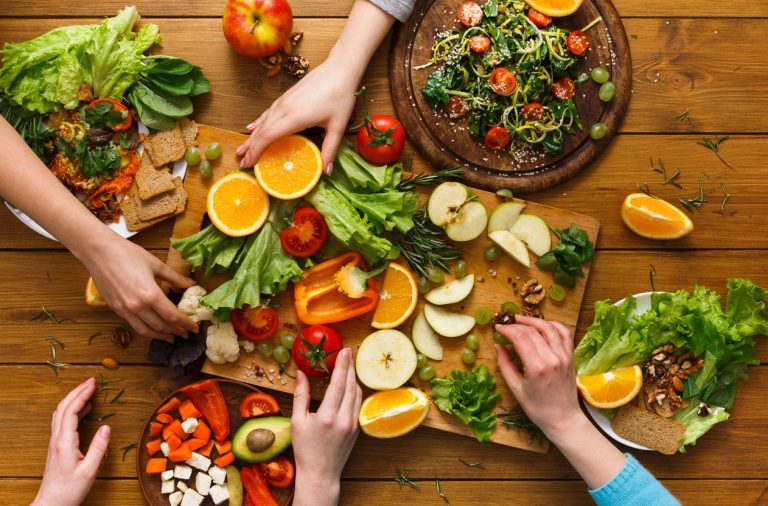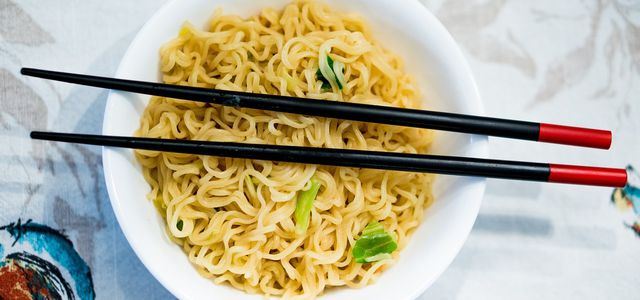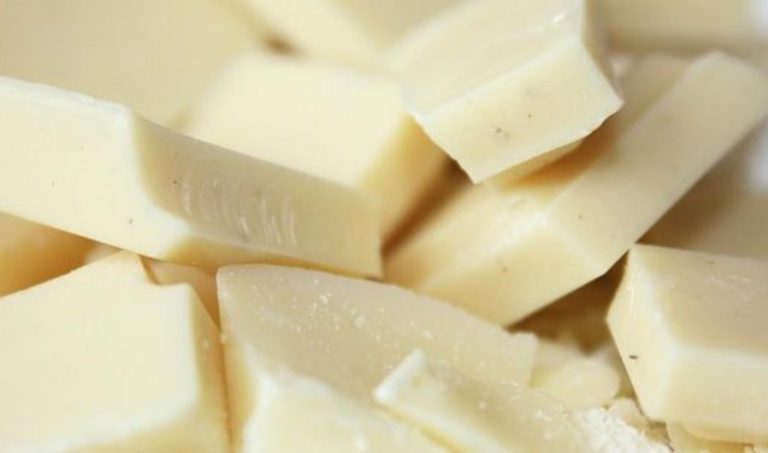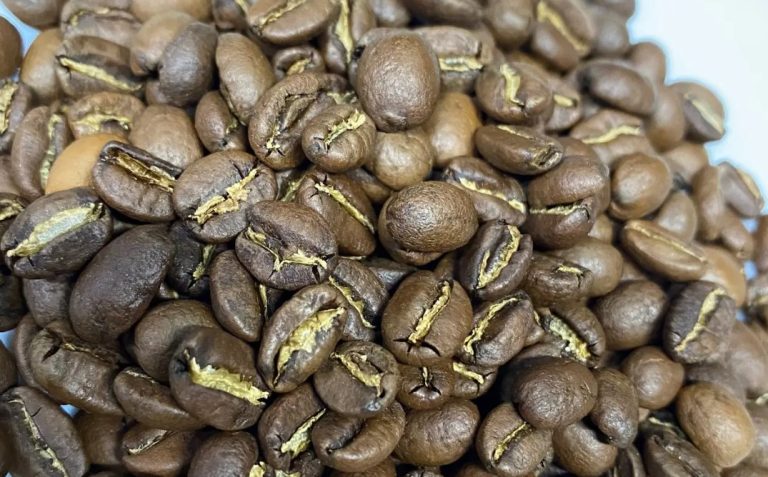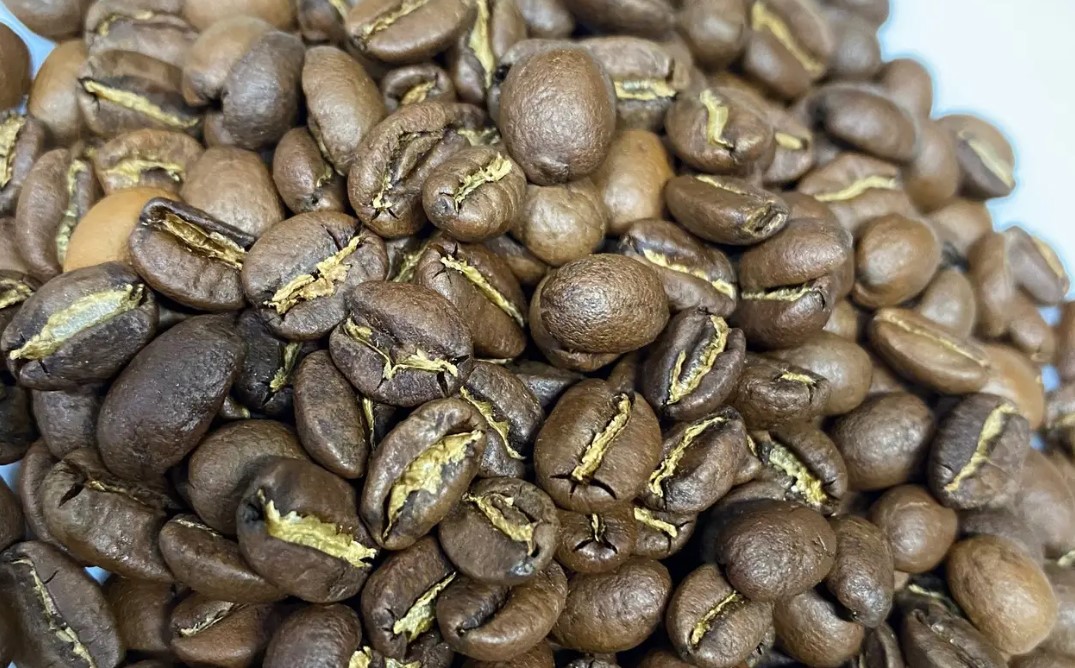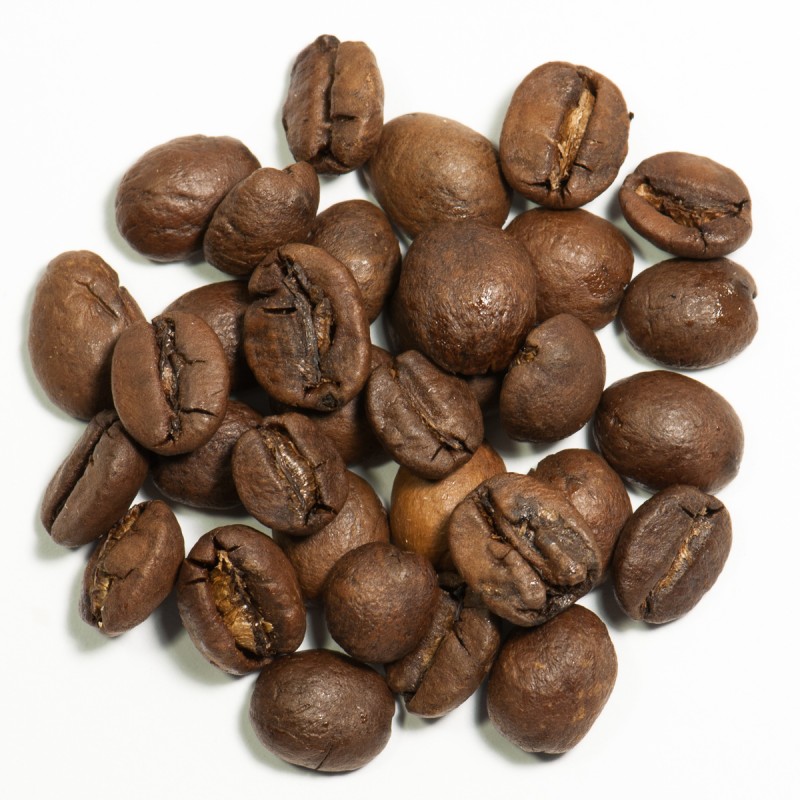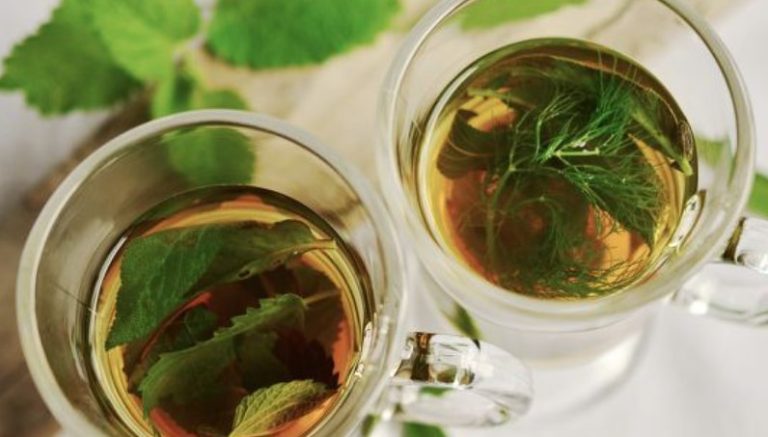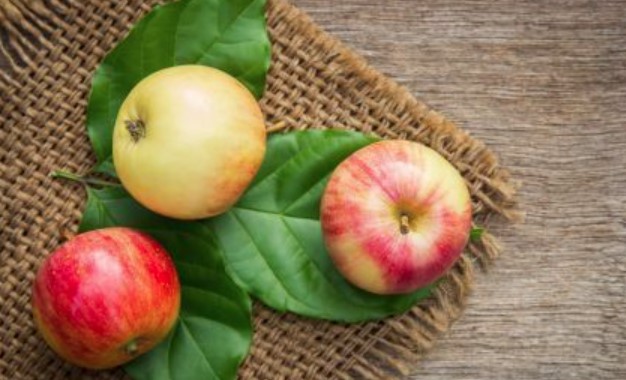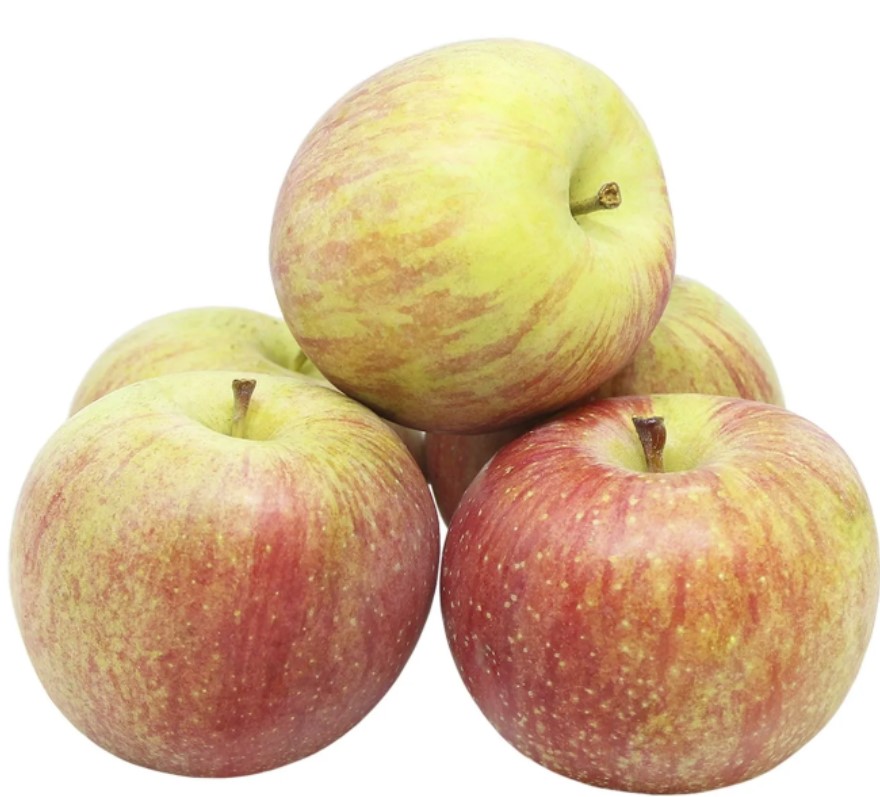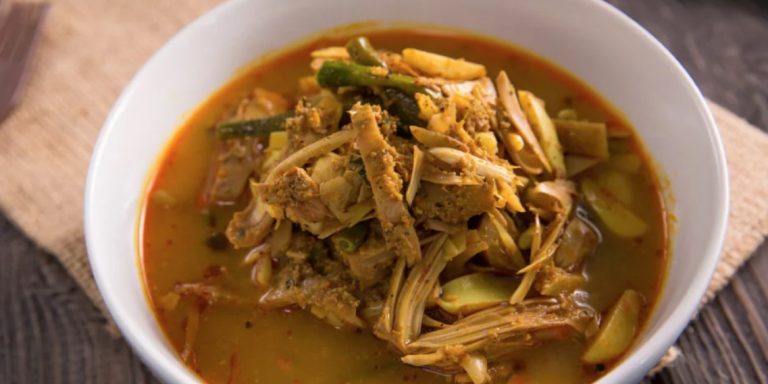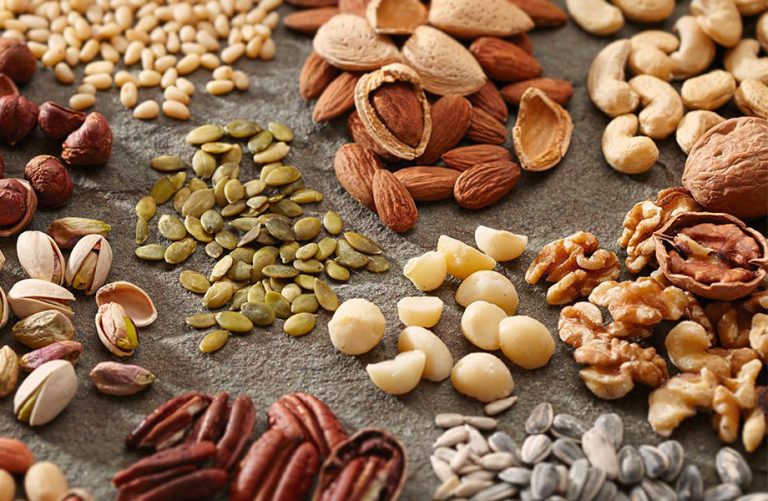Vegan duck based on seitan, with side dishes such as potato dumplings and red cabbage – and you have a delicious Christmas menu without any animal cruelty. With this recipe you can prepare the plant-based Christmas roast.
Whether for Christmas, Easter or another special occasion such as a birthday: On some days, a fine meal is simply part of it. You don’t necessarily need an animal for a juicy roast. We will show you how to prepare and serve vegan duck.
Vegan Duck: The basis for the recipe

Theoretically, you can also make seitan yourself and use it to make your own vegan duck – but this takes time and skill. It’s faster if you use ready-made products. Some manufacturers now have vegan seitan-based duck in their range. This is similar in consistency and appearance to a duck breast fillet – and with the right preparation, it tastes the same. We recommend, for example, the vegan duck from Veganz. You should plan around 500 grams of vegan duck for three to four people.
You can serve the vegan duck with side dishes of your choice. Potato dumplings and red cabbage as well as a dark gravy are ideal for a classic Christmas menu. We’ll show you how to do it.
Ingredients for the vegan duck:
500 g vegan duck
Vegan duck with red cabbage: Recipe for the side dish
It is best to start the menu with apple and red cabbage: this tastes particularly delicious if it can still infuse a bit. For about four large servings you need the following ingredients:
a red cabbage (medium size)
2 onions
oil for frying
3 apples
3 oranges for squeezing or 250 ml orange juice
250 ml red wine
500ml of water
2 bay leaves
6 juniper berries
4 cloves
1 tsp cinnamon
pepper
Salt
Potato dumplings with vegan duck: recipe instructions
You will also need the following ingredients for about twelve smaller potato dumplings:
1 kg of potatoes
250 g potato flour
150-200 ml lukewarm water
Salt
Vegan gravy for the duck: recipe
To ensure that the vegan duck tastes juicy, a hearty gravy is a must. The porcini or shiitake mushrooms in the sauce provide the umami taste. For the vegan version you need these ingredients:
600-700 ml vegetable stock, preferably homemade
30 g dried porcini mushrooms (or 200 g fresh mushrooms such as button mushrooms or shiitake)
2 medium onions
3 cloves of garlic
2 tbsp organic olive oil
3 tablespoons cornstarch or flour
1 tsp thyme
3 tsp rosemary
salt and pepper to taste
fresh parsley for garnish (optional)
Roast and serve vegan duck: instructions

When you have prepared the side dishes and sauces, you can prepare the vegan duck:
Heat enough oil in a pan and then add the vegan duck breast fillet pieces.
Fry the vegan duck on all sides for several minutes until it is crispy.
Remove the roasted duck pieces from the pan and place them in the warm gravy until ready to serve. Tip: Leave the vegan duck in the sauce for a few minutes. So it absorbs a little more aroma and tastes particularly juicy in the end.

